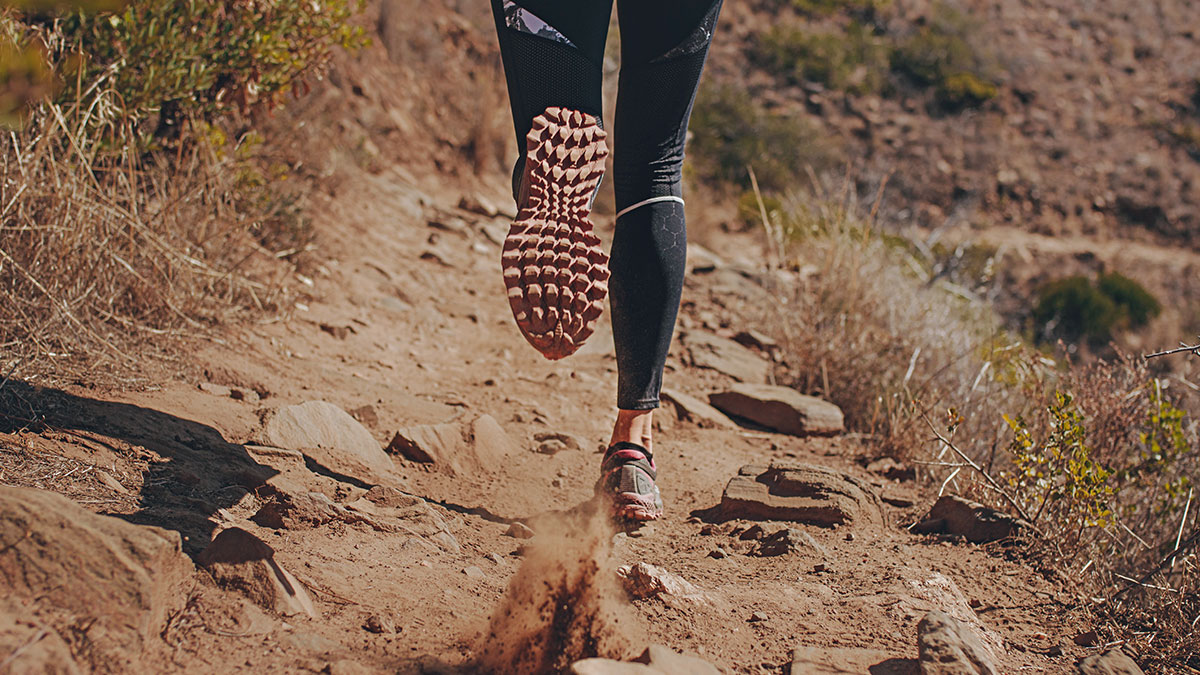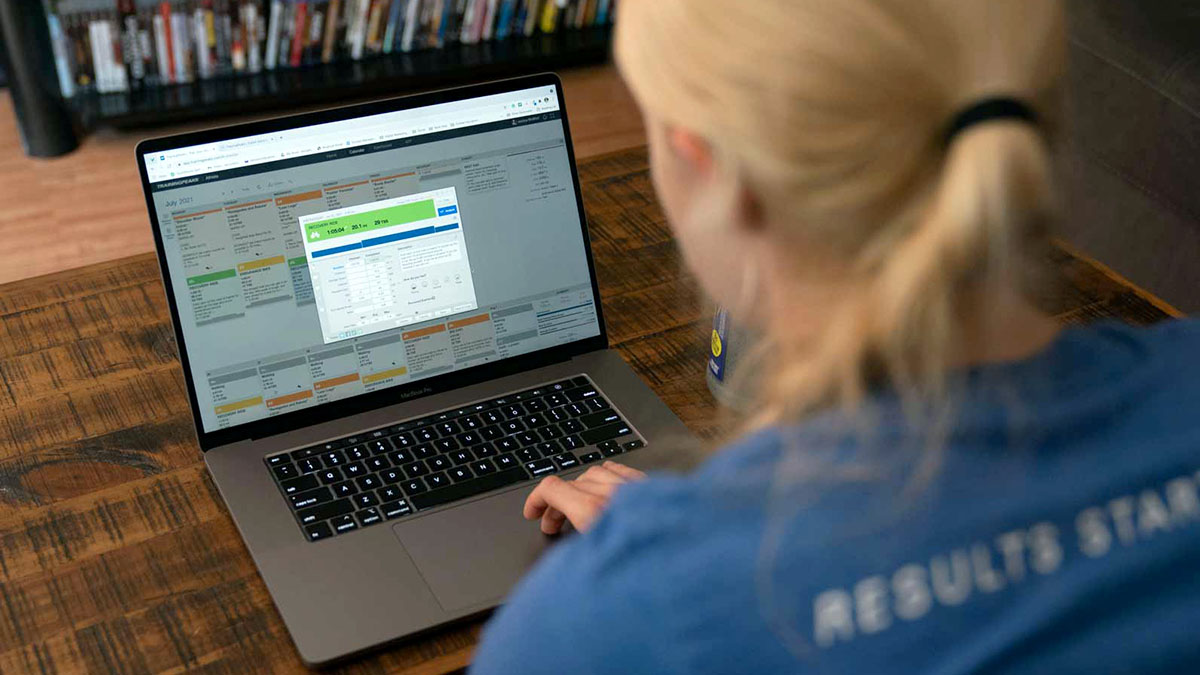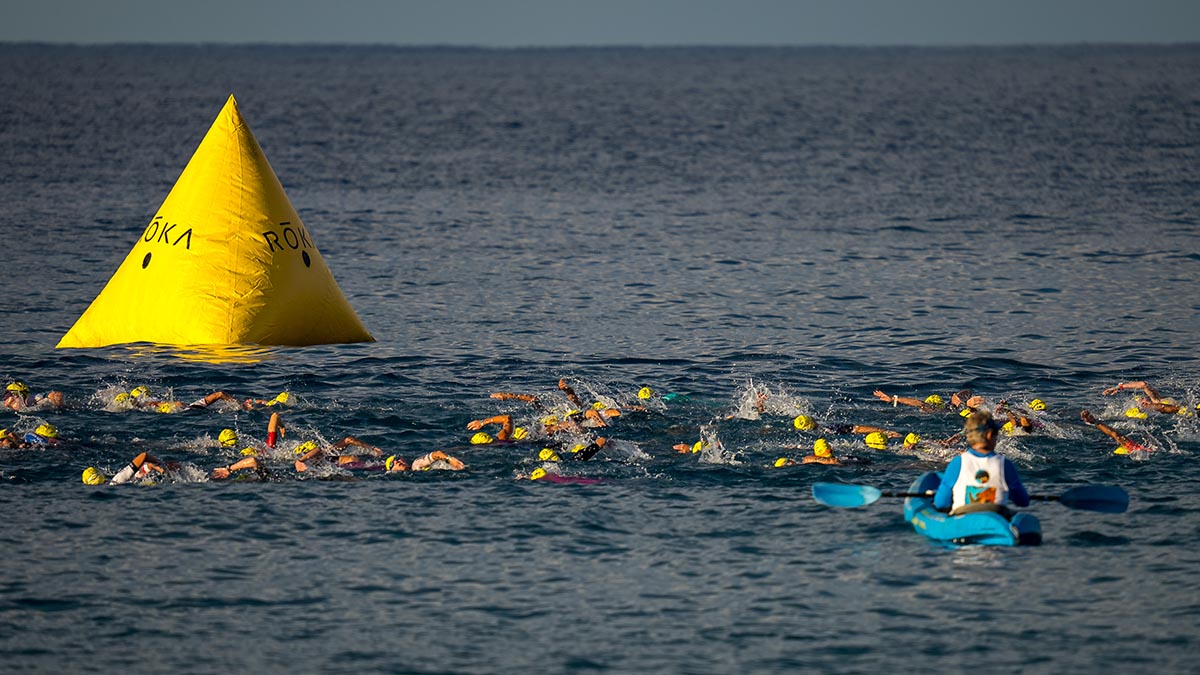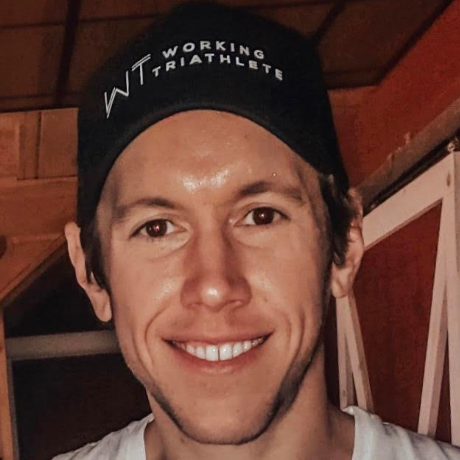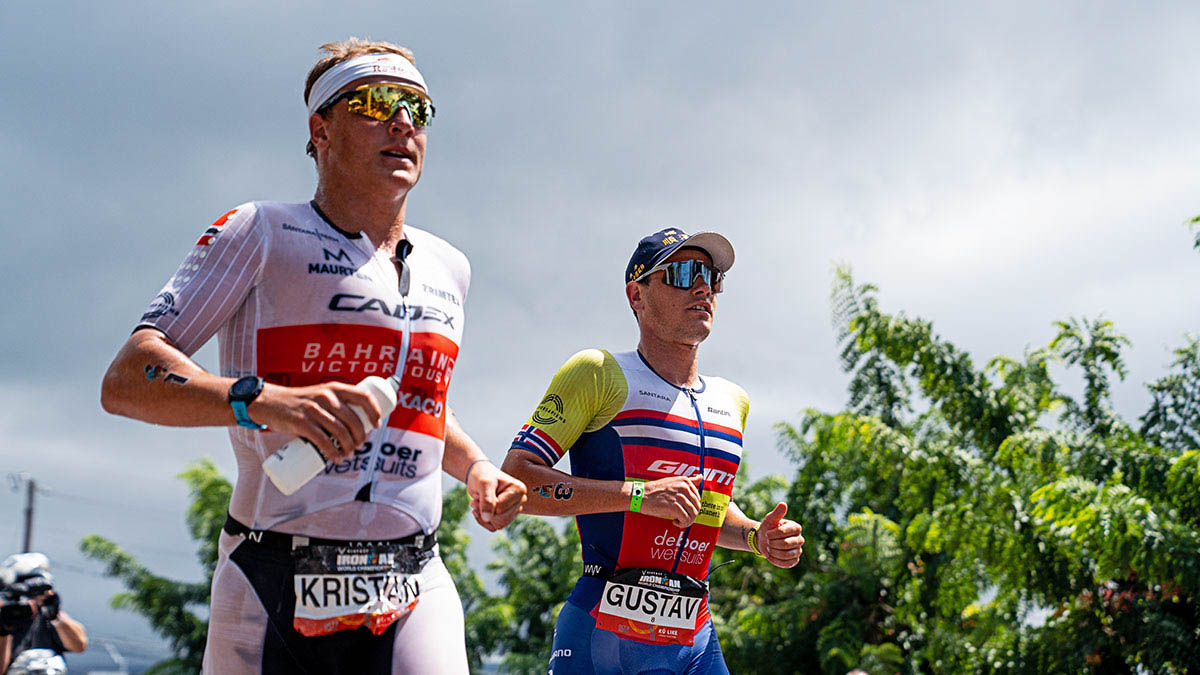As coaches, we all know that a classic FTP test feels like getting hit by a train.
So how can we approach training and testing to minimize mental strain? Can we engage an athlete’s intrinsic drive without overly burdening them mentally? I connected with a number of coaches around the country to dive a little deeper into testing. The goal was to explore how to guide athletes to their highest potential and gain insight on their current fitness, without putting them through the stress and load of fitness tests. The question I set out to answer was, “What workouts do you use to determine an athlete’s current fitness without using a typical FTP/ 5K/ 1km Swim Time Trial?” Turns out, the best coaches in the country take a dynamic, and dare I say holistic approach to training.
Bricklaying
The coaches I interviewed had one thing in common—they all said that the idea of ‘bricklaying’ was essential to the success of their athletes. This idea is what separates lifestyle/professional athletes and the average weekend warrior/bucket lister. ‘Bricklaying’ entails setting a foundation for success over time, and every time we go out to train, we’re laying new bricks. This broad approach keeps athletes engaged even when they don’t make a big jump in numbers when tested.
These also coaches agreed that progress isn’t linear. Each stated in their own words that when a fitness test or race goes sideways, there is always something to be learned.
What are we really looking for? What skills matter most?
“When an athlete comes to you for training, the first thing we have to do is take a deep dive into their abilities which includes understanding both strengths and weaknesses,” said Taylor Thomas from Thomas Endurance Coaching. Taylor shared that, as coaches, we want to define an athlete’s “limiters.”
As it pertains to ultra-distance athletes, this may not only apply to physical attributes but to other endurance abilities/skills as well. These include mental strength, nutrition tolerance after 12-16 hours, or managing fluid intake in hot temperatures. The athlete’s ability to run a fast 5K test has no bearing on their success on a marathon race day.
As we start a new season, ask your athlete to complete an audit. This helps you define both the success factors for their goal races and helps you define their limiters, so you can create a focused and deliberate training program.
Cycling Training for Real-World Scenarios
Race pace and power outputs are great assessment/pacing tools but what about real-life race day scenarios? If a breakaway forms or the pack surges at the bell, are you going to sit and stare at your device or are you going to match the move? In speaking with Brian McCulloch of Big Wheel Coaching – we need to put training outside and let the environment be the workout and control. Hot days, wet days, long flats, or steady climbs are all part of the prescription. If you can replicate where big moves may take place on race day in your training, you’ll be more prepared on race day. Here are a few protocols that Bryan shared:
(Note: These could also be adapted for runners. Challenging yourself against known segments or personal segments is a great way to gauge fitness without going after a strenuous FTP Test.)
Try It Out!
Strava Hunting/PR Your Favorite Segments (3min.) (Can adapt to 1:00, 3:00, 5:00, 8:00 or 10:00+)
Warm-Up (+/-20min.): Easy spinning with 2x 1min. “openers,” ramp-up the pace for 30sec. then ride flat-out for the last 30sec., 2-5min. easy spinning after each effort.
Main Set: Make two attempts at your favorite segment, the first is a “sight lap” to practice your pacing at a moderate effort. The second attempt is a flat-out/full-gas effort. Use a quick cadence, 85+rpm, and empty the tank! Recover completely after the effort with easy spinning. This is a maximum effort, so don’t hold back!
Cooldown: 15-20min. Easy spinning with a quick cadence, 85rpm+
Goal of Workout: To set a new benchmark power/time on your favorite Strava Segment or local climb.
Note: Do FIVE hard efforts during your workout on the same or different segments.
Swim Training for Real-World Scenarios
Integrating swim sets and moving from the pool to open water is always going to better prepare you better for your race. Bi-lateral breathing, sighting, finding a rhythm in waves, managing sunlight and glare will all help you become more confident on race day.
It’s worth practicing your start so you can get used to running into the water or treading water. You also want to make sure you know how to remain calm if you get a mouth full of water or goggles full of water. Testing your race day gear in the water is essential to success – swimming in a wetsuit is a different ball of wax, it’s worth getting in the water and floating around early in the season so you’re comfortable enough to train.
Nadja Tapkas from Gotta Tri It shares a few training tips she uses with her athletes to maximize race-day success.
- Practice coughing underwater to clear your airway in the event you get an unexpected mouthful as you turn to breathe.
- Practice accelerations (to get away) or periods of reduced kicking (people lose interest if I don’t go fast enough for them to draft and usually find a way around me)
- If you feel overwhelmed, take a moment. Stop, tread water, look at the field of swimmers around you and realize that taking those 15secs to calm down will not make or break your race
- If possible, take an easy swim the day before at the race venue and try sighting the exit from the water, so you know what to look for onshore.
- Practice exiting dryland exercises to mimic what it feels like coming out of the water.
- Plank and sprint
- Pushup and sprint
- Knees on the ground to sprint
Run Training for Real-World Scenarios
Every athlete can benefit from examining the limiters in their training. This can go in two directions. The first is your personal limitations; these include your ability to pace intervals, to run hills efficiently, or to manage your nutrition and hydration.
The second set of limitations is race imposed. These could be environmental (heat and humidity), terrain (ascent, descent, technical), or tactical (knowing when to surge). You can attack these limiters by trying things like adding in a speed ladder for footwork practice or focusing on technical foot placement for trail runners. Progress, in this case, is not defined by simply improving your threshold pace, but rather your improved ability to execute specific sections of racing with skill and dexterity.
For mountain and trail athletes, threshold testing is rarely a good indication of race readiness or race-specific fitness. Regularly monitoring an athlete’s average HR on a known ascent or descent serves as a better indicator of fitness and skill. You can also test by ‘sessioning’ specific sections of trail so an athlete can test their ability to ascend or descend a particularly tricky foot pattern. This is all about repetition and getting in as many small “sessions” as you can in 15-20 minutes or longer depending on your race goals.
Try It Out!
Warm-Up: 15-20 minutes of easy Z2 running. Integrate a few strides to get the engine purring!
Main Set: Session the segment once as a run through if it’s not too long. Send the segment all out.
Cooldown: Complete a 15-20 minute cooldown of easy Z2 running.
Real Preparation is Knowing What Progress Looks Like
When you take a fitness test and FTP goes down, it’s very easy to assume that you’ve lost fitness or haven’t been working hard enough. Assessing your fitness by only using Threshold Pace, FTP, or 100m pace average is a dangerous premise. More than likely, if you’ve trained with focus, you’re prepared. Remember that although an FTP test conveys a lot, it doesn’t tell the whole story.
